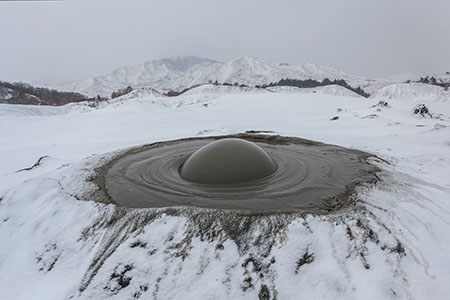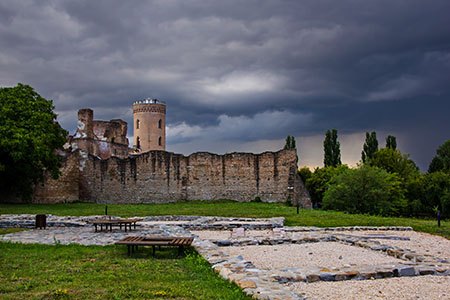Dolj County is located in Southwestern Romania, in Oltenia region, along the lower stream of Jiu River. The county’s relief is like an amphitheater opened to the South from the Danube Meadow to Amaradia’s hills. In Dolj there is the largest sandy area of the country and also 150 km of the Danube that forms part of the border between Romania and Bulgaria.

Romanescu Park, Craiova
The nature passionates find in Dolj several nature reserves areas:
– Ciurumela Forest Poiana Mare – a 90-year-old acacia forest reserve, unique in Europe.
– The reserve of wild peonies from Pleniţa – is the only area in Romania which houses Paeonia Peregrina, a wild species of peony. Roman historian Plinius said that this species have healing powers for 20 diseases.
-The Ornithological Reserve Ciupercenii Noi – is an area of Danube Meadow, floodable, protected by law because it houses 140 species of birds including some endangered: black stork, little egret, pelican, heron red, etc.
– Forest Zone of Dolj consists of many forests: Coşoveni, Radovan, Branişte with gray oak, Seaca de Pădure.
– Bistreţ Lake is a protected area of 2000 hectares, located 5km far from the Danube. It is home for both: migratory birds and species that remain here throughout the year.
– The Lacustrine Complex Preajba – consists in 28 hectares of protected area of lakes, marshes, streams, forests, sand dunes, arable land and meadows. It hosts a wide variety of flora and fauna specific to the wetland.
Other sights of cultural interest of this county are:
– Paleontological Reserve Bucovăţ – an impressive reserve of Paleolithic mollusk shells first mentioned in 1849,
– Roman Camp of Răcarii de Jos whose ruins were first unearthed in 1897,
– Family Home of artist Amza Pelea – in Băilești.
– Coșuna -Monastery of Bucovățul Vechi – the oldest building in the county certified as dating from 1483.
– The Jitianu Monastery founded by Prince Șerban (Șerban Voievod) in 1654 – 1658, situated in the locality Branişte.
Craiova city, the county seat, is a powerful cultural center thanks to its institutions of prestige like the National Theatre, Oltenia Philharmonic and Opera and Operetta Theatre Elena Theodorini, Museum of Art – sheltered by Jean Mihail Palace; Museum of Oltenia – with departments of history, natural science and ethnography.
In Craiova many buildings with special architectural value have been preserved:
– Băniei House (Casa Băniei) dating from 1699 is considered the oldest secular building in town. Here was the gathering place of the divan.
– Jean Mihail Palace built between the years 1899-1907.
– University Of Craiova, former Palace of Justice was completed in 1916.
– Historical Fountains- Jianu Fountain (1800), Purcarului Fountain and Popova (first attested in 1613).
Craiova Botanical Garden covers an area of 12, 8 hectares. It is managed by the University of Craiova and houses collections of great diversity divided into several sections: Ornamental, floristic provinces of Romania, Systematic Plant, floristic provinces of the globe, Plants Grown, Greenhouses, Nursery Rosariu, Museum and Herbarium.
Romanescu Park declared historic monument is emblematic for Craiova. Construction of the park began in 1897 and it was inaugurated in 1903 in the presence of King Charles I.
The Park’s project was presented at the International Exhibition in Paris in 1900, and was awarded with the Gold Medal.
The park was designed like a huge green area, with paths and trails totaling over 35 km and tree species from other parts of the world acclimatized here. The landscape was complemented by a huge lake in central area and by constructions that have increased its attraction: Enchanted Castle, Suspended Bridge, Hippodrome and Bibescu Palace.
With the time, the additions made to the original construction increased its beauty:
-in 1954 – 1956 – the Portal at the main entrance, a fence and the quay reconstruction
-in 1964 greenhouse construction and modernization of the lighting.
In 2015 Romanescu Park entered in a reconstruction process whose project was very controversial.
Ideal Escapes in Romania
































